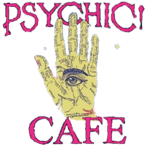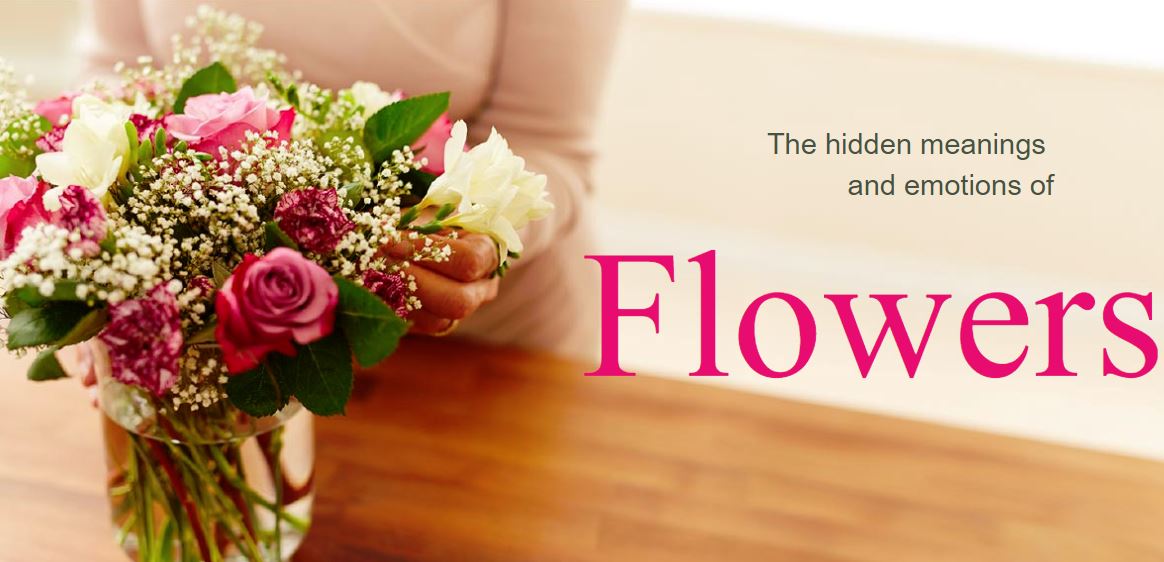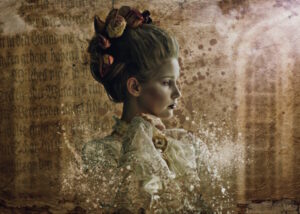Whether these secrets have been passed down through the generations or are rooted in our collective psyche, there’s no doubt that flowers can send unspoken messages.
Do you know the true meaning of flowers? This information will allow you to discover their hidden meanings and emotions…
Roses
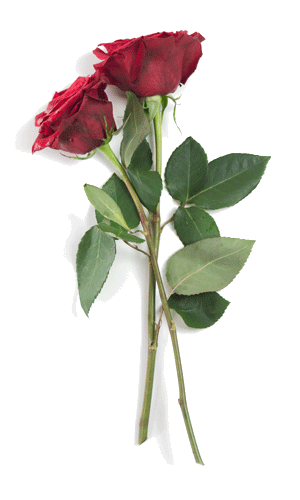
Their origin:
The rose is thought to be 35 million years old. It has previously been used in medicine and in perfumery.
What they represent:
Love.
Their hidden meaning:
Their hidden meaning: Surprisingly, roses do not just mean love but can represent many emotions depending on the colour. Nearly two thirds of the people we surveyed agree that red roses equal love, but also that pink, orange and yellow roses represent happiness, white roses represent sympathy, and peach roses represent friendship.
Lilies
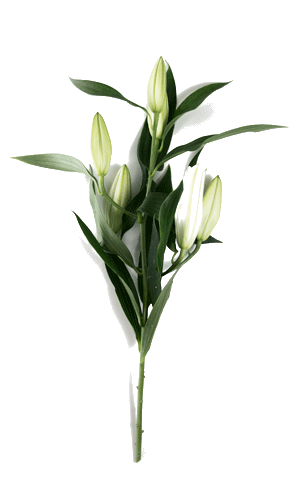
Their origin:
The white lily was emblematic of the Virgin Mary in Christianity. In ancient Egypt, Greece, Rome and East Asia, they were used to commemorate the dead in funerals.
What they represent:
Death and sorrow.
Their hidden meaning:
Fertility (life), purity, eroticism and funerals. 30% agree that they can be given as a sympathy flower, but 19.5% believe they would be good to give on a birthday because lilies represent life and hope for the future. This hidden meaning shows that the lily is no longer seen as a flower of loss, but a representative of life and celebration.
Chrysanthemums
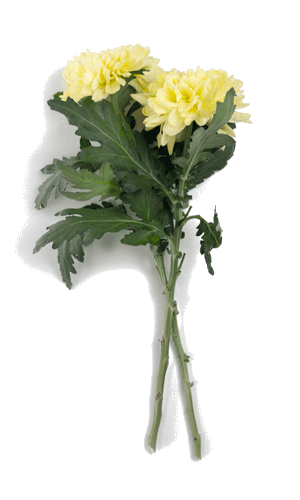
Their origin:
Chrysanthemums originated in China and were once thought to hold the power of life. Its roots were used as a cure for headaches, its petals were eaten in salads and its leaves were turned into a celebratory drink.
What they represent:
Optimism and joy.
Their hidden meaning:
Across the world, Chrysanthemums seem to represent grief or death. In Italy, giving chrysanthemums means you wish the person wasn’t alive. In a few countries in Asia, they represent lamentation and grief/death. Despite the chrysanthemums’ link to negative emotions, our survey results proved the complete opposite with 70% associating the flower with friendship, love or happiness.
Carnations
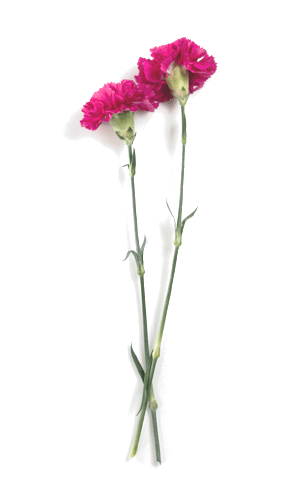
Their origin:
Their scientific name, Dianthus caryophyllus, roughly translates to “flower of love” and is one of the world’s oldest cultivated flowers.
What they represent:
Love.
Their hidden meaning:
70% of our participants agreed that carnations depict love, happiness and friendship. However, their different colours represent different emotions. A white carnation can represent good luck, whilst pink carnations represent a mother’s love, rather than romantic love. A purple carnation can symbolise unpredictability, and yellow can convey disappointment.
Tulips
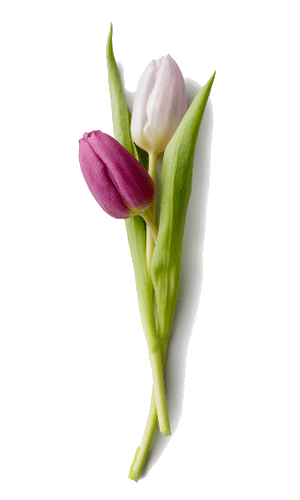
Their origin:
They were originally cultivated in Persia around the 10th century. They were a popular topic with 13th century poets because they were seen as a declaration of love and passion.
What they represent:
Love.
Their hidden meaning:
Tulips can represent a lot of emotions depending on the colour. Purple tulips symbolise royalty, white tulips represent forgiveness and yellow tulips symbolise cheerfulness. A massive 76% of people surveyed said they would give tulips for a birthday, anniversary, or congratulations. This makes it clear that the tulip has always been seen as a ‘happy’ flower of positivity.
Sunflowers
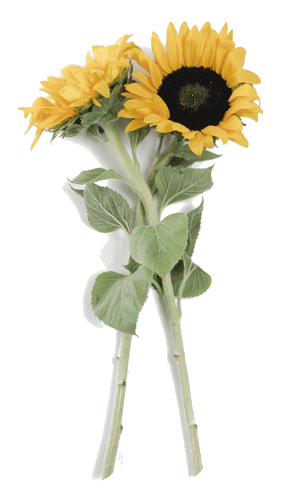
Their origin:
They were probably one of the first crops to be grown in America, and their seeds were used to make flour for bread.
What they represent:
Happiness.
Their hidden meaning:
Whilst all of its emotions are positive, our results shown that happiness isn’t one of the positive emotions sunflowers evoke. The sunflower represents longevity, adoration, and loyalty. A huge 87% agreed that sunflowers evoke positive feelings, 55% of which voted for happiness. Sunflowers might make us feel happy, but it’s not necessarily what they symbolise!
Daffodils

Their origin:
Daffodils first arrived in Britain thanks to the Romans who thought that they had healing powers. In China and Wales, a daffodil is said to bring good luck and fortune and in France, it’s a sign of hope.
What they represent:
Spring and new life.
Their hidden meaning:
Daffodils can represent creativity and inspiration too. They are also a sign of forgiveness. Just under half of our respondents said a daffodil represented happiness but a quarter said that the daffodil was a way of apologising or expressing sympathy. This shows some mixed reactions to the daffodil, and probably stems back from its long history in different cultures.
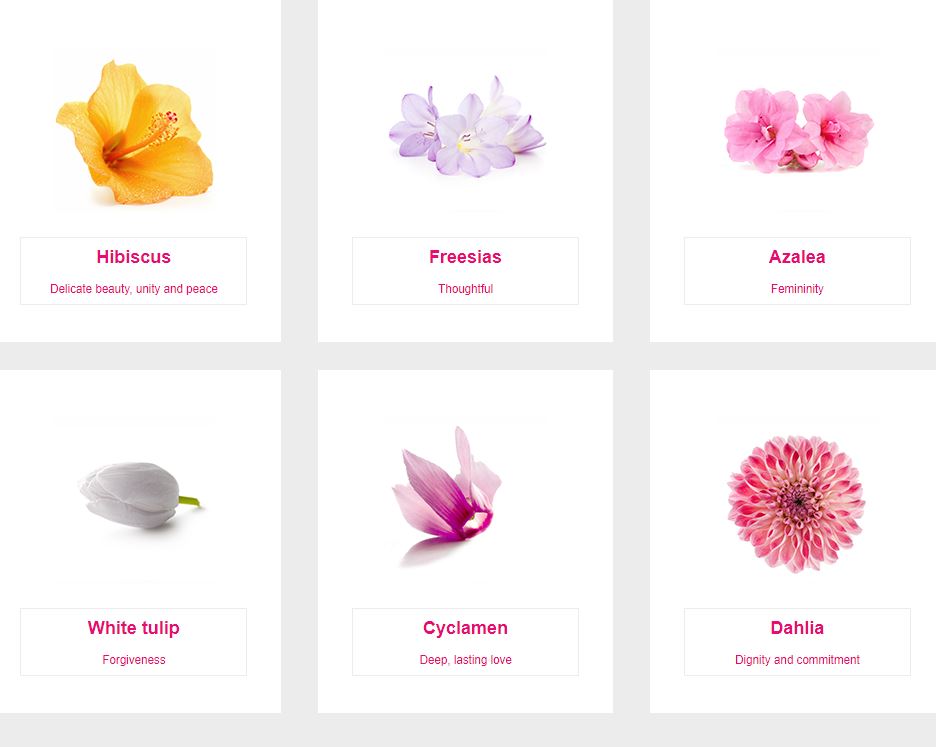
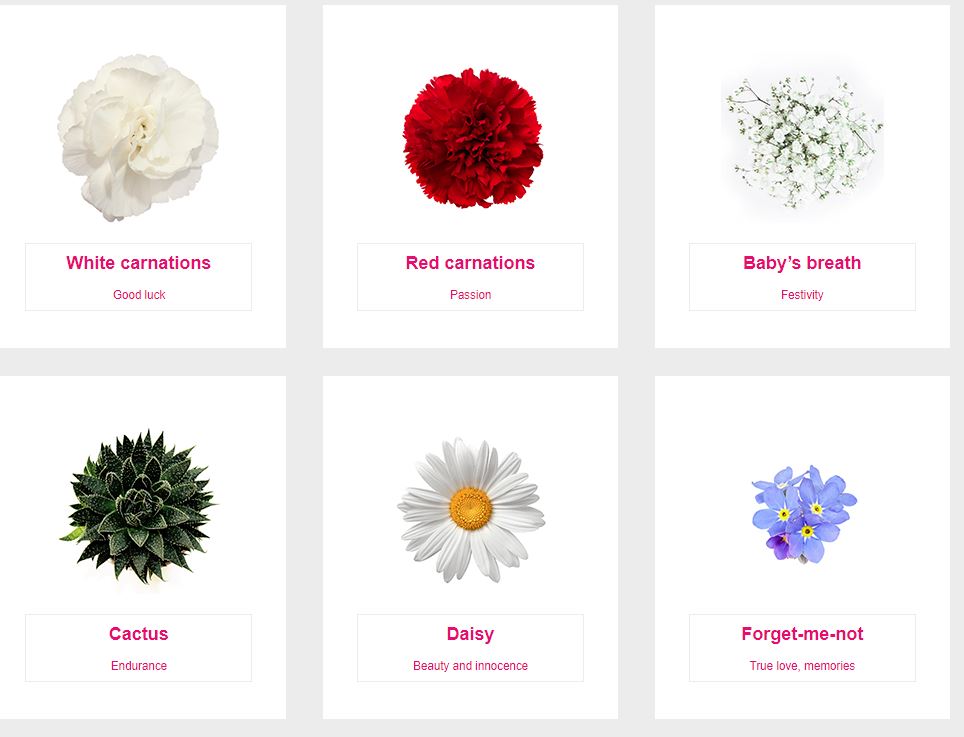
Be mindful of the occasion
Each occasion can be expressed through different types of flower.
We’ve laid them out for you to help you out.
Birthdays
Birthdays are happy occasions, so opt for a bright pink or yellow. 63% said they prefer a large bouquet made up of 3 or 4 varieties of flower, rather than a small bouquet of just their favourites, so try and keep that in mind too.
63% Prefer a Large Bouquet
Anniversary
Almost half of our participants chose the rose as their favoured flower to give to a loved one on an anniversary or other celebration. The next favourite is a carnation, possibly because its name can literally translate to ‘flower of love’ or ‘flower of the gods’. This would be a nice romantic change from the classic red rose.
50% Prefer a Rose
Weddings
Our survey revealed that vibrant bouquets and multi-coloured bouquets represent happiness the most, and that a bouquet made up of fiery reds will represent love. Red has always been the colour of love, but other vibrant colours, such as pink and orange, can also represent happiness and passion.
Congratulations
Whether you want to applaud a friend for passing exams or send a loved one good wishes on the birth of a baby, our survey showed that over a quarter of people would choose a sunflower to say congratulations.
25% choose Sunflowers
Apologies
When saying ‘I’m sorry’ just won’t cut it, the majority of respondents (19%) choose daffodils out of six other flower types to express their regret and seek forgiveness from someone they’ve wronged.
19% Choose Daffodils
Next time you’re looking to say something, you can express what you mean with flowers, now that you know the hidden meanings and emotions they can evoke.
